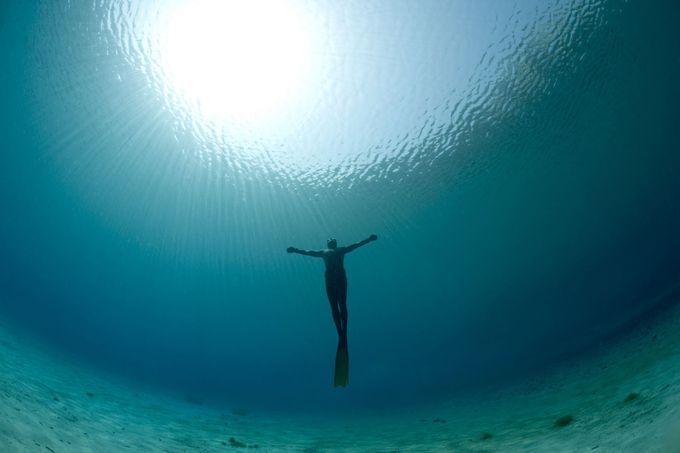If you want to learn how to freedive and hold your breath underwater for longer, there are specific techniques that will make it easier.
Freediving is a tricky sport and learning breath holding techniques takes a lot of specific training. Many people think that because it doesn’t have any complicated equipment, it’s a safer alternative to scuba diving, yet freediving has its own set of dangers and risks.
If you are serious about becoming a freediver, you should have an introductory course with a trained diver before going into the water on your own. Freedive UK offers courses for watch and every level of freediving and Aida International have an extensive list of different organisations that offer training.

At no point in your freediving experience, should you dive without an able partner. Deaths in freediving, from novices up to freediving professionals, are almost always caused through people diving beyond their skill level or without the necessary support.
There are many courses available in the UK for all skill levels, for all budgets and in many different environments to get your first taste of freediving.
The techniques below are a great reference for your journey to becoming a confident freediver and will compliment practical training in the water, but should not be used in the place of proper instruction.
Train properly and by the time you’re donning your wetsuit and weight belt, you will be physically and mentally equipped for your dive.





